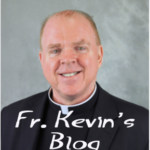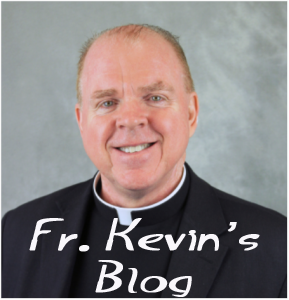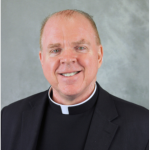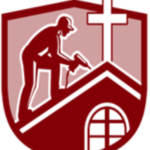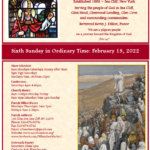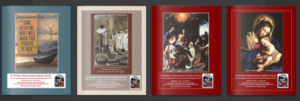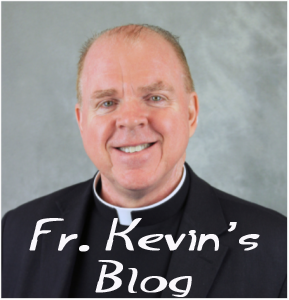
Today marks the close of the Christmas Season and by now most people have removed their Christmas decorations and packed them away for another year. Gifts have been unwrapped and either used, worn or exchanged and we have settled back into our daily routines. If we stop and think about it, most of life encompasses daily routines of either work or school. This is not necessarily a bad thing because it gives us stability and grounding. The festivities and business of December gives us a much needed break from the ordinary, but now we settle back into routine and rhythm which enables us to continue living out our baptismal calling or vocation, whether it be as a spouse, child or parent. This feast we celebrate today, not only marks the day Jesus was baptized, but recalls the day of our own baptism. We know Baptism is the remission of Original Sin; however, this sacrament also gives us mission or calling. On more than one occasion I have been asked why Jesus was baptized. Hopefully this article will shed some light on this frequently asked question.
Why was Jesus baptized? Today the Church recalls Jesus’ Baptism in the Jordan River, and people have often asked, “If Jesus was without sin, why did HE need to be baptized? The simple and straightforward answer to this question is He did not have or need to be baptized. Jesus chose to be baptized. Jesus at the beginning of His public ministry was about to embark on His great work and proclaim the Kingdom. Baptism in essence confirms Jesus’ mission and identity; we hear the words of the Father coming from the heavens at Jesus’ baptism “This is my beloved Son; listen to Him.” Jesus baptism also shows us that though He is without sin, He chooses to identify with sinners. That should give us and all Christians great hope and comfort, because we are all sinners.
Just as Jesus’ baptism gives him mission to begin the Father’s plan for salvation, (Jesus’ passion, death and resurrection) so, too, does our own baptism.
At Baptism we were anointed with holy chrism, which sets us apart or marks us for mission in the Church.
We all are called to service in the Church and ultimately to the world to make the Kingdom present here and now through acts of sacrifice and service. In essence our Baptism calls us to be like Christ to others through acts of service, charity and sacrifice. This is often referred to as the common priesthood. In Baptism we all share in the common priesthood of Jesus Christ.
How we do that varies. The vast majority of folks are called to the married life in which they share in God’s great capacity to love. This is accomplished through devoting themselves totally to the other’s happiness and more often than not requires dying to one’s own wants and desires for the good of the other. The vast majority of married couples have children which require more service and sacrifice for their good, and makes present in a tangible way what Christ does for us.
While all Catholics share the common priesthood of Jesus, some are called to share in the Ordained Priesthood, i.e. priest or deacon. These men are ordained for public service in the Church to make Christ present through the celebration of the sacraments and putting their lives at the service of the Church.
Single people also share in the common priesthood of Christ. These individuals for one reason or another choose not to marry and lead chaste lives. In not having a spouse or children these people can devote more time in service and sacrifice to the wider community and doing so the play their role in making the Kingdom present as well.
Each one of us is given a task or mission from God and a role to play in our Church, may we be faithful to the work God has called each one of us too and pray for the grace and perseverance to live out our Baptismal calling with faithfulness.
— Fr. Kevin
